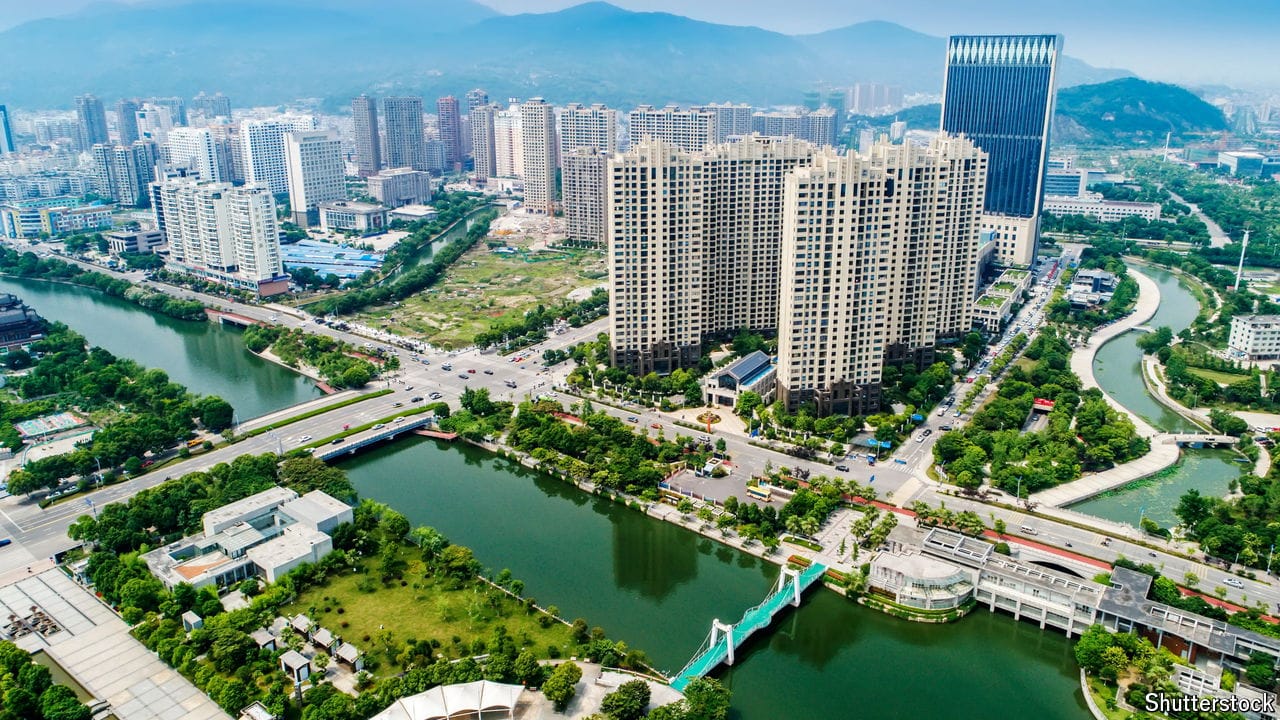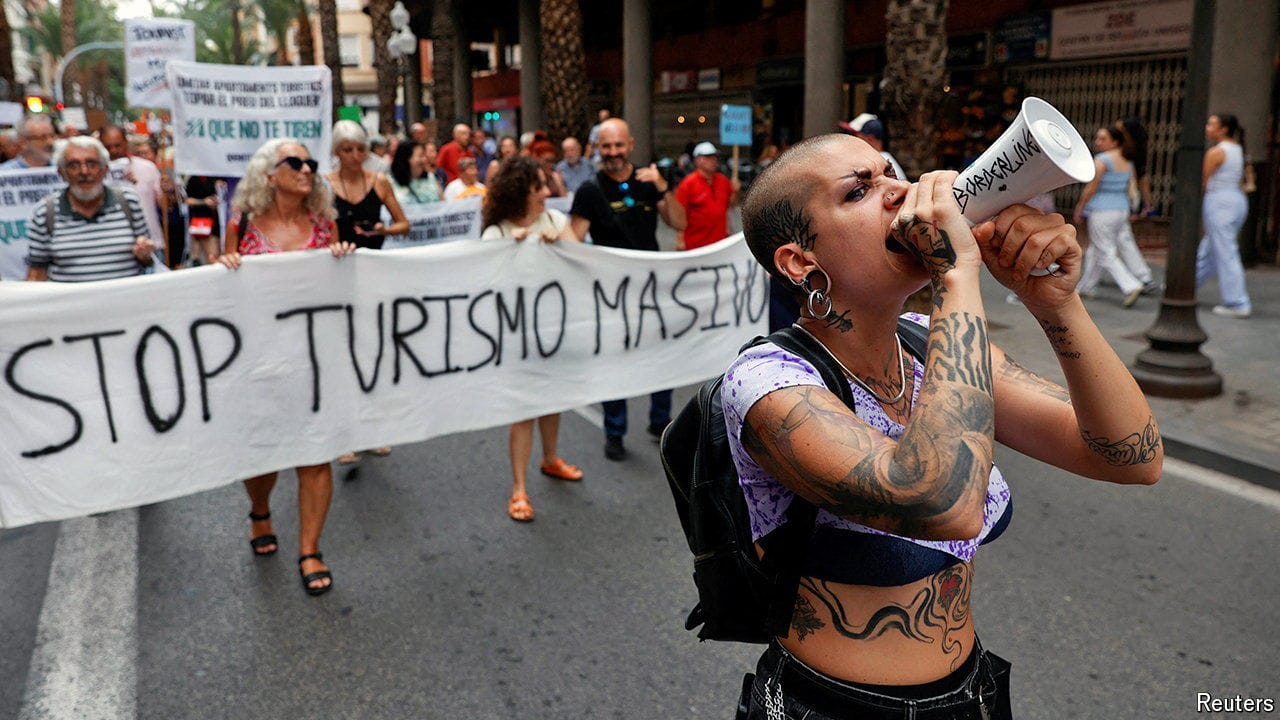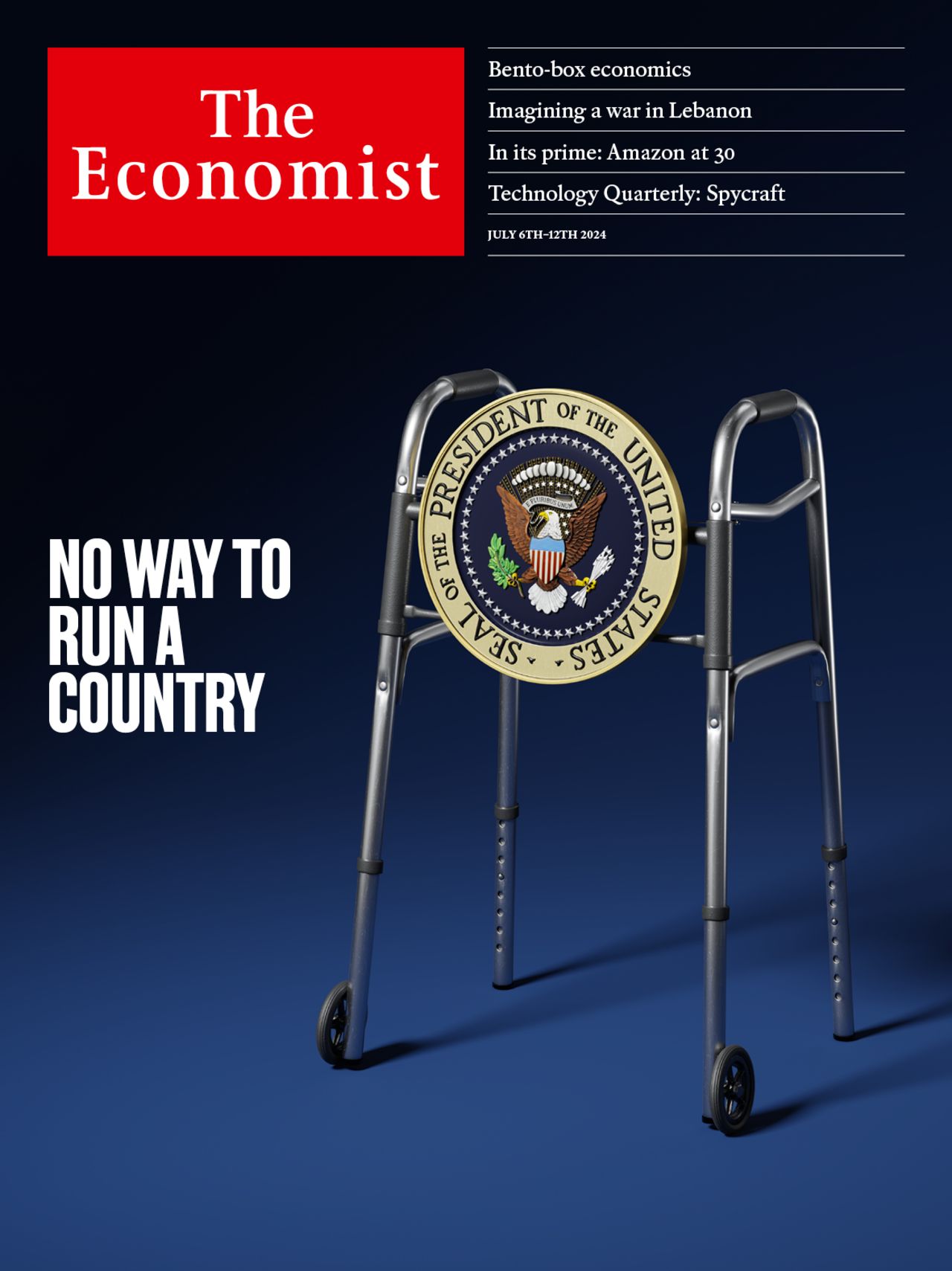How Starbucks caffeinates local economies
Call it the frappuccino effect

Starbucks offers endless opportunities for innovation. Parts of social media delight in hacking the chain’s menu to create highly instagrammable drinks. Fancy a “cake batter Frappuccino”? Simply order a “vanilla bean crème Frappuccino”, add a pump of hazelnut syrup and ask the barista to put a cake pop in the blender. How about some “liquid cocaine”? That involves four shots of espresso with four pumps of white-chocolate syrup, served over ice.
A new working paper suggests the purveyor of coffee-based milkshakes offers other innovation, too. Choi Jinkyong, Jorge Guzman and Mario Small, all of Columbia University, find that a new Starbucks in an American neighbourhood without a coffee shop leads to the creation of between 1.1 and 3.5 new companies a year over the next seven years. That, the authors argue, owes to the café’s role as a “third place”—somewhere people can gather without a purpose. Branches “help entrepreneurs form and mobilise networks”, they write.
This article appeared in the Finance & economics section of the print edition under the headline “The frappuccino effect”
Finance & economics July 6th 2024
More from Finance and economics

China’s last boomtowns show rapid growth is still possible
All it takes is for the state to work with the market

What the war on tourism gets wrong
Visitors are a boon, if managed wisely

Why investors are unwise to bet on elections
Turning a profit from political news is a lot harder than it looks
Revisiting the work of Donald Harris, father of Kamala
The combative Marxist economist focused on questions related to growth
Donald Trump wants a weaker dollar. What are his options?
All come with their own drawbacks
Why is Xi Jinping building secret commodity stockpiles?
Vast new holdings of grain, natural gas and oil suggest trouble ahead
